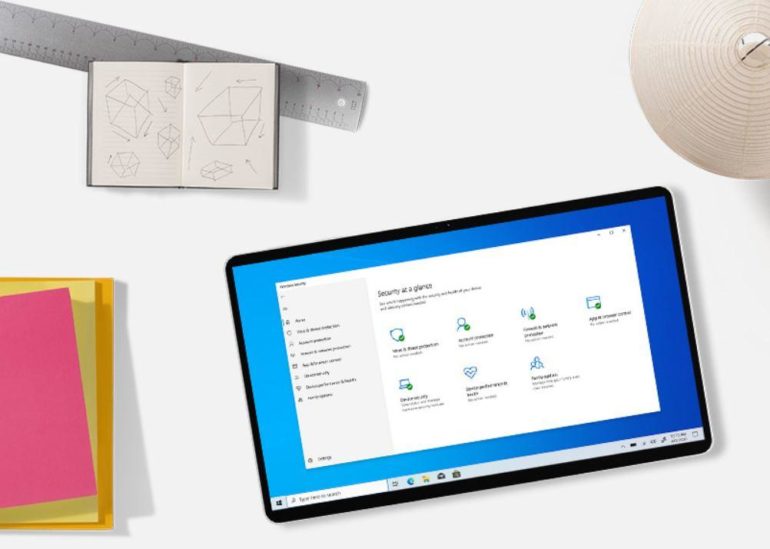On May 18, Microsoft officials acknowledged that the company isn’t going to release its Windows 10X operating system variant, as reported more than a week ago. Don’t be surprised if you missed the acknowledgement, as Microsoft buried it in its blog post about the rollout of the Windows 10 21H1 feature update — which it published at the start of the Google I/O keynote.
(Who says the Evil Empire still doesn’t have some evil left??)
Toward the end of the post, under the “Our customer first focus” subheading, officials said Windows 10X wouldn’t be coming to market in 2021, after all. Instead, Microsoft will be integrating some of the 10X “foundational” technologies into other parts of Windows and other products.
Windows 10X was supposed to be Microsoft’s answer to Chrome OS — a simpler Windows 10 variant that was slated to debut first on PCs for education and the first line-worker market.
An excerpt from Microsoft’s May 18 Windows 10 21H1 post that highlights the fate of 10X:
Following a year-long exploration and engaging in conversations with customers, we realized that the technology of Windows 10X could be useful in more ways and serve more customers than we originally imagined. We concluded that the 10X technology shouldn’t just be confined to a subset of customers.
Instead of bringing a product called Windows 10X to market in 2021 like we originally intended, we are leveraging learnings from our journey thus far and accelerating the integration of key foundational 10X technology into other parts of Windows and products at the company. In fact, some of this is already reflected in the core of Windows in Windows Insider preview builds, for example the new app container technology we’re integrating into products like Microsoft Defender Application Guard, an enhanced Voice Typing experience, and a modernized touch keyboard with optimized key sizing, sounds, colors and animations.
Microsoft’s admission about the end of 10X comes more than a week after word of 10X’s demise leaked.
Microsoft had been struggling to figure out how to position and deliver Windows 10X for the past couple of years. Initially, Windows 10X was going to be Microsoft’s Windows variant for dual-screen PCs, including the currently tabled Surface Neo. Then, officials switched plans, deciding instead to debut Windows 10X on single-screen PCs, both clamshell laptops and 2-in-1s.
Windows 10X was not designed to run on existing PCs; it was being built to run on new PCs only. It was going to debut on Intel-based devices first and possibly also be available on Arm-based PCs at some point in the future.



